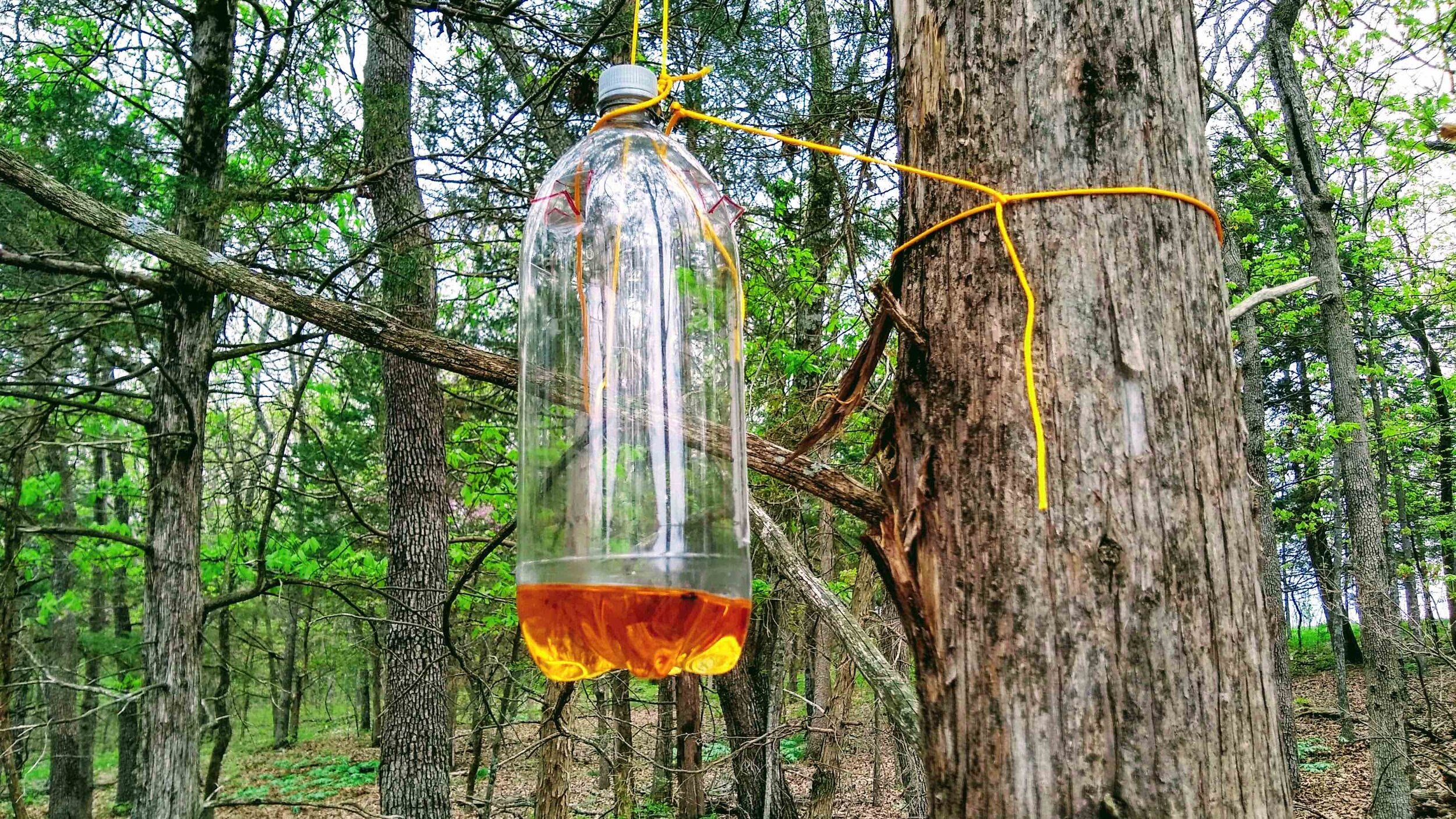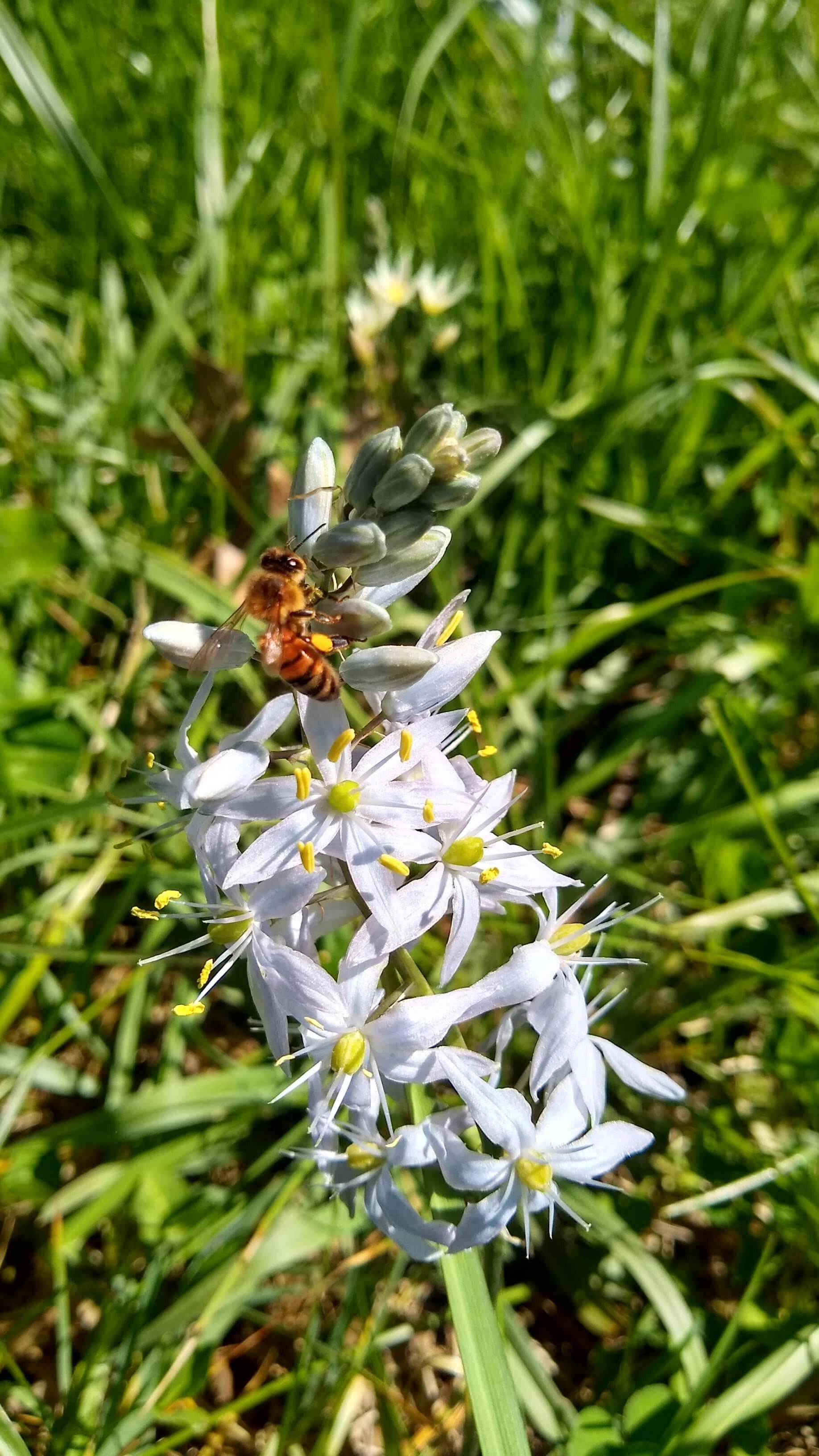Awash in a sea of bad news, here’s some more. Late last year, Washington confirmed the presence of the Asian giant hornet in the northwestern corner of the state. That was shortly after Canadian authorities reported the hornets just across the water on Vancouver Island in September 2019. So this scourge has landed on North American shores, and short of a miraculous eradication effort (which is being pursued by the State of Washington), our continent is now stuck with these massive hornets.
Size comparison: western honey bee, European hornet, and Asian giant hornet (Washington Dept of Agriculture)
The Washington Department of Agriculture recently published a poster showing the size differences between various insects. I've winnowed them down to three of particular interest to me here in Missouri. On the left is our honey bee (apis mellifera). The middle is the European hornet (Vespa crabro), which is the biggest hornet I’ve personally witnessed. The European hornet sends shivers through my spine when I see it harassing my bees, but it pales in comparison to our newest invader. On the right is the Asian giant hornet (Vespa mandarinia)—an absolute beast at over 1 1/2 inches long.
This is all really bad news for the western honey bees we keep here in the US and Canada. Our bees didn’t evolve alongside the Asian giant hornet, and therefore have inadequate defenses against them. Meanwhile, the hornet—an apex predator with no natural predators itself—considers the honey bee a major part of its diet. There’s a lot to be said about how we might defend our colonies from this hornet, but for now I’m focused on the introduction of the species.
Honey bee on wild hyacinth
While to the best of our knowledge Asian giant hornets remain confined to a very small area in southwestern Canada and northwestern Washington, I've deployed a couple traps (shown above) built specifically to catch them. The hornets have not had time to get here to the Midwest naturally (and it's not clear to me if they’ll be able to cross the Rocky Mountains without human help), but all it’ll take are some castaways on a tractor-trailer driving east from the west coast. I built the traps with help from Washington’s hornet website, though I did deviate a bit due to the availability of ingredients (I’ll follow the instructions more precisely once pandemic-related shopping restrictions ease). I sincerely hope the traps go unused for decades to come. But I’ll continue to maintain them, because these traps and others like them could someday provide an early warning of Asian giant hornets arriving in the American Heartland—hopefully by then we’ve come up with a game plan to deal with them.


